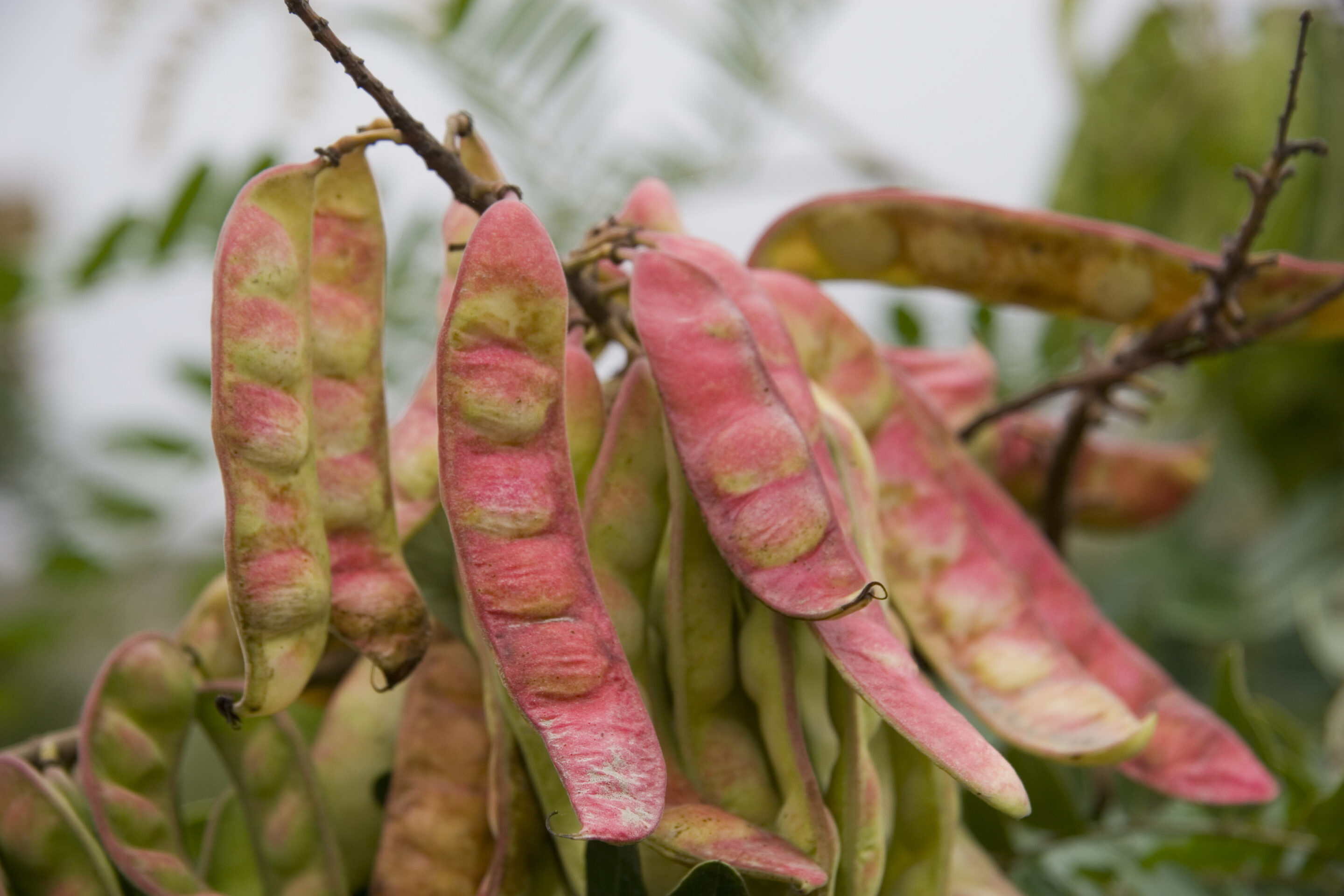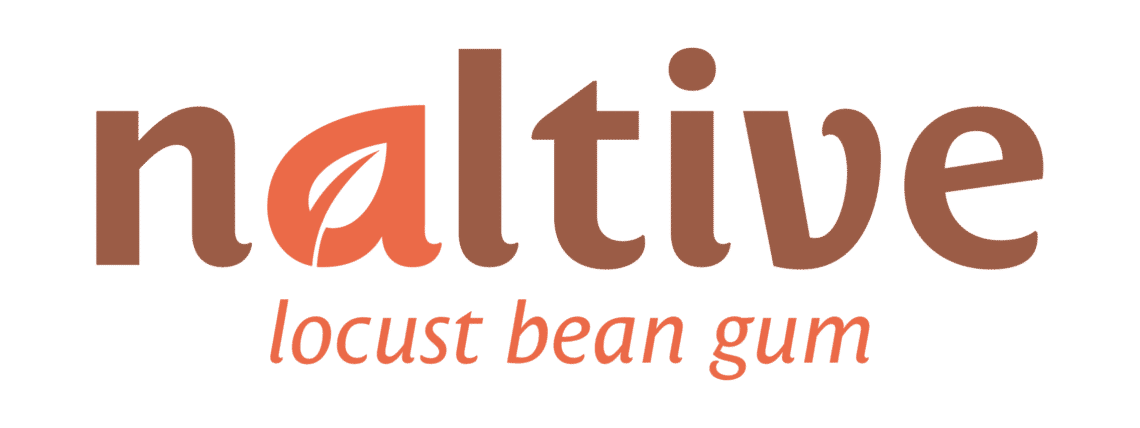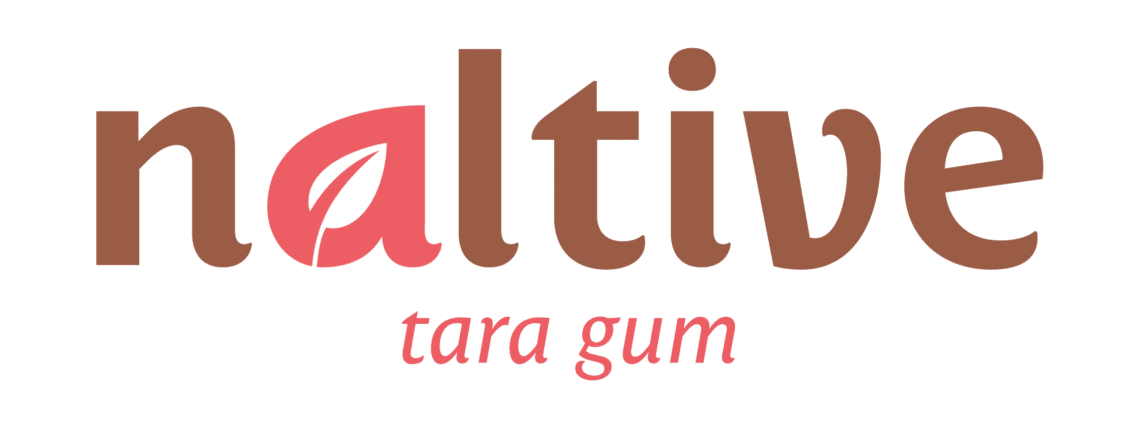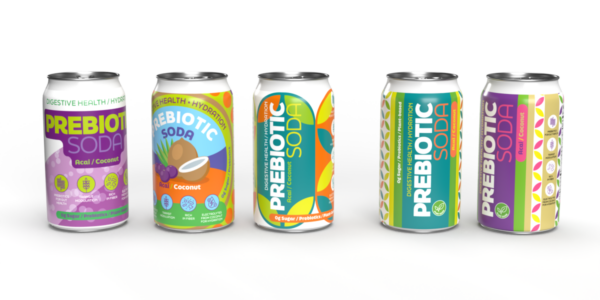Tara gum, a Millennial Peruvian Culture
Nexira invites you to discover the Tara shrubs cultivation. This perennial plant, grown exclusively in Peru, provides the precious seeds from which Tara gum is extracted at the Nexira plant in Switzerland. Tara gum is found in many foods, including desserts and ice creams, for its texturizing properties.
A Traditional and Rural Harvesting
The Tara spinosa, or Caesalpinia spinosa, is a wild perennial that grow in the dry, sub-humid valleys and hillsides of the Andes. Endemic to Peru, Tara has been cultivated by pre-Columbian civilizations since pre-Hispanic times: traditionally, the pods were grown to tan and dye animal hides.
The cultivation of Caesalpinia spinosa today represents a major socio-economic advantage for the local population : it is a source of income for farmers, who belong to isolated local communities. Rural populations also use tara for firewood, farm tools, carpentry, fruit, fodder and fencing.
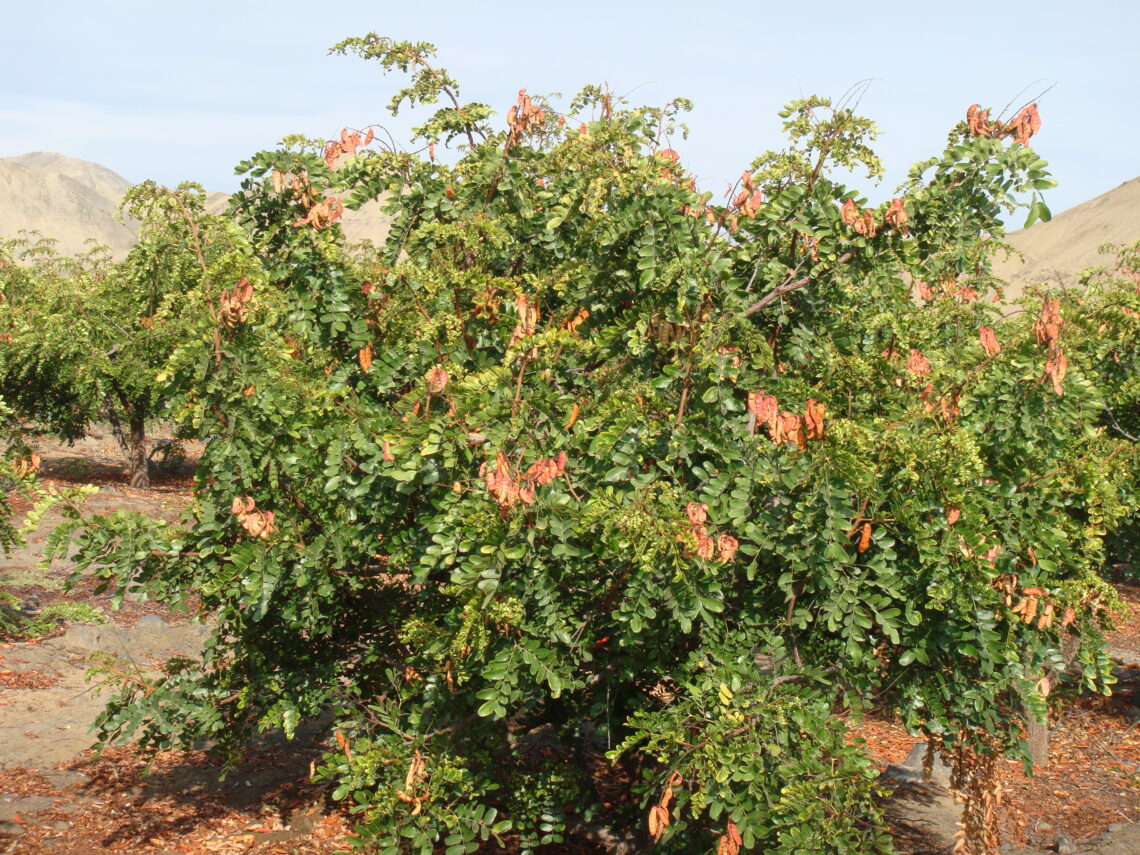
Shrubs are also of environmental interest: ecologically speaking, they are highly adaptable (1000 to 3000 m altitude) and thrive in extreme conditions (desert climate). They also help combat slope erosion. From an agronomic point of view, they enhance the growth of associated species and act as a natural nitrogen fertilizer. Similarly, from a biological point of view, they are capable of fixing atmospheric nitrogen, leading to the creation of new protective woodland ecosystems.
Shrubs grow to a few meters in height, and their trunks are covered with spiny bark. The pinnate, dark-green leaves cover the branches. A Tara spinosa lives to an average of 100 years!
The Green Gold of the Incas
Tara spinosa is mainly cultivated in its wild form. Nexira rigorously selects tara producers for their quality, reliability and commitment.
Its hermaphroditic flowers range from yellow to red and are arranged in clusters.
The pods, easily indentified by their orange color and flattened shape, are indehiscent, 8 to 10 cm long by 2 cm wide, hanging down. Each pod (fruit) contains 4 to 7 seeds, rounded and brown to black depending on ripeness. The pod represents 62% of the fruit’s total weight.
Shrubs start producing fruits as early as 3 to 4 years old. A shrub The average shrub produces 20 to 40kg of pods, which are harvested twice. The harvesting period varies from region to region: in the Cajamarca region, harvesting takes place between January and August, while flowering takes place from October to November.
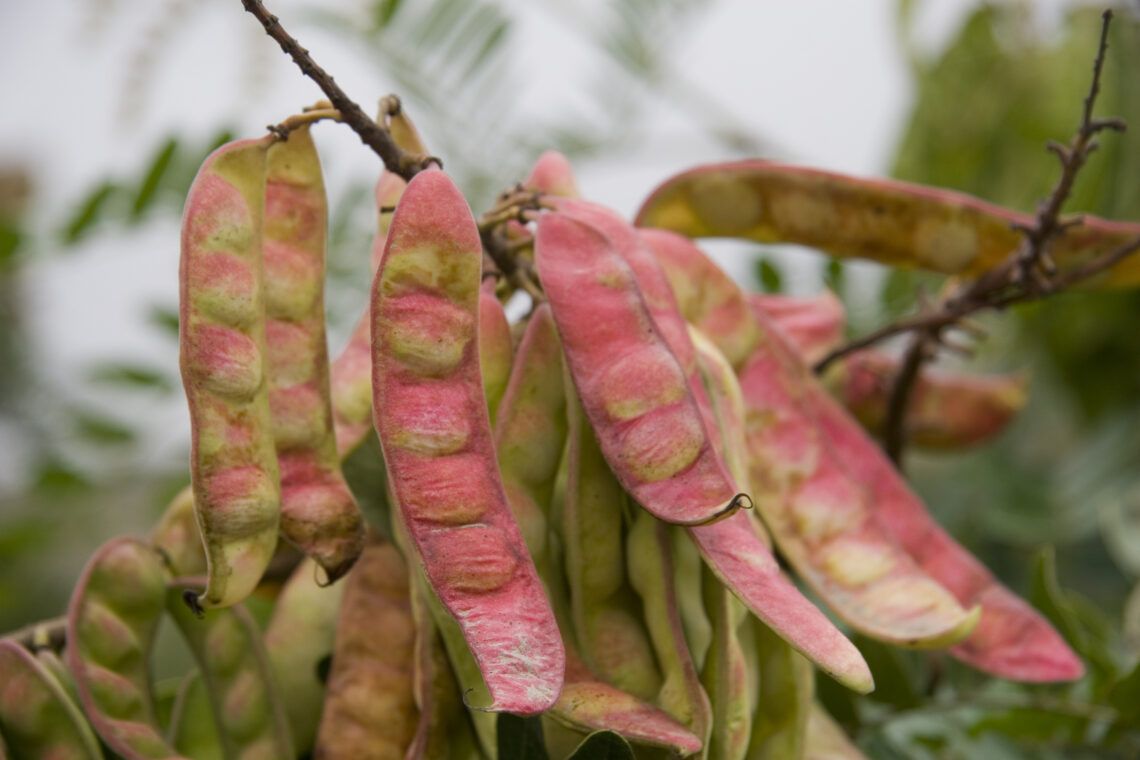
Did you know? Tara is sometimes nicknamed “taya” or “Peruvian carob”! This plant from the legume family is considered to be the “green gold of the Incas”.
Tara Gum Powder: Process, Uses and Benefits
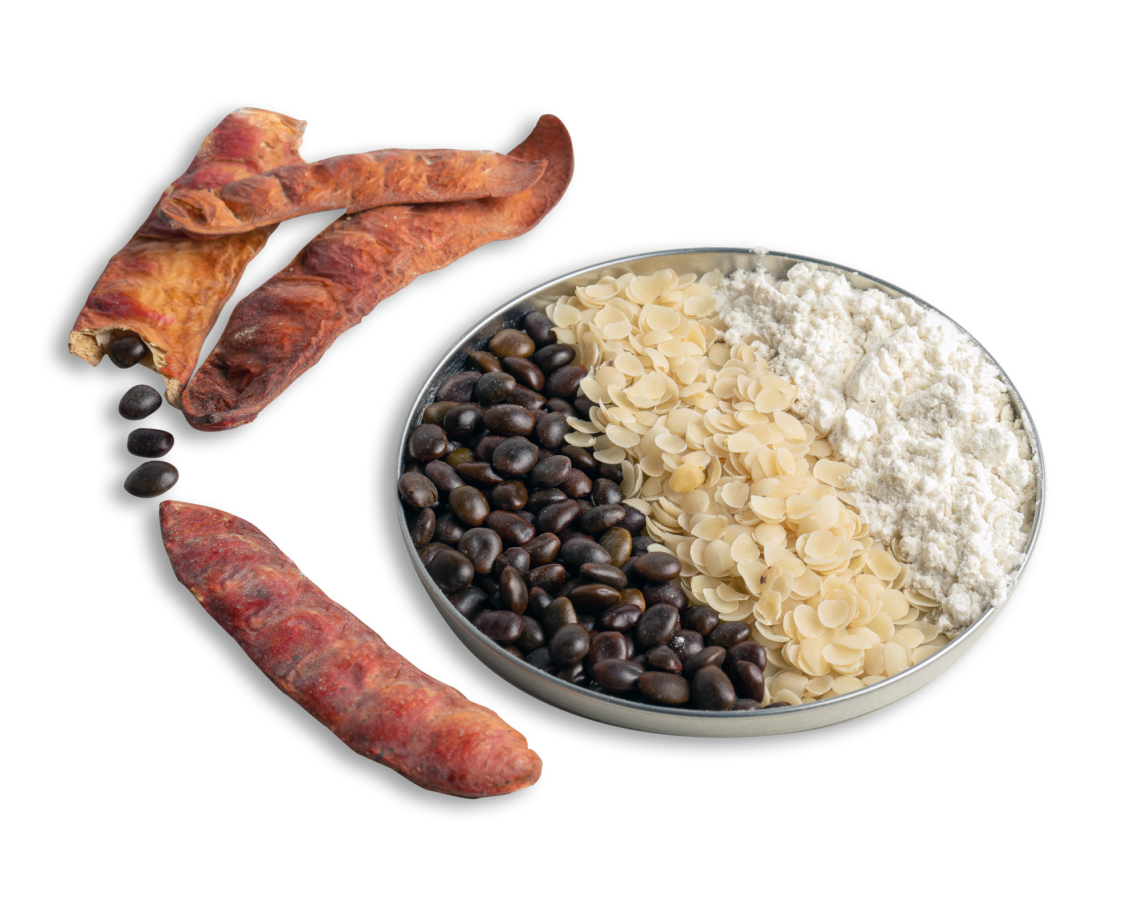
The tara pods, are collected and threshed on the spot, to separate the seeds from the husks. The seed endosperms are then separated from the tegument and germ, and transported to the Nexira plant in Switzerland, where they are transformed into tara gum using purely physical processes such as grinding.
The husks are used to manufacture tannin powder for leather tanning.
Tara gum is used in a wide range food applications : desserts and ice creams, bakery products, dairy products, vegetable alternatives…
Nexira developped the naltive tara gum range. These gums can act as texturizers, thickeners and water-retainers, and improve mouthfeel. In ice creams, they prevent the growth of ice crystals and improve resistance to thermal shock. With a +33% growth, tara gum is one of the top ingredients in frozen dessert formulas.
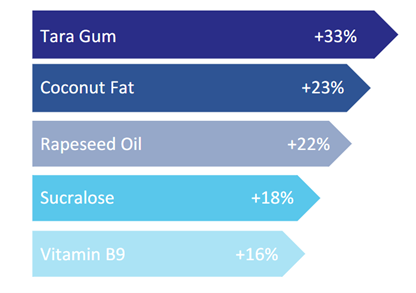
Naltive tara gum can be used in combination with other hydrocolloids to create a thick gel and help reduce syneresis. From ice creams to bakery products, Nexira’s premium tara gum is easy-to-use in a wide array of applications.
Naltive™, a Wide Portfolio for Plenty of Applications
Create the perfect sensory experience with Nexira’s wide range of premium and performing texturizing ingredients!
The naltive™ line offers three types of hydrocolloids with locust bean gum being its flagship ingredient, tara gum and guar specialties. References are processed in Nexira’s factory in Switzerland with the highest quality standards:
Ready to formulate?
This communication is not intended to the final consumer. It provides scientific information for professionals only. Communications to the final consumer have to be checked according to local regulations in force, since the conditions of use are beyond our control. This statement has not been evaluated by the FDA. This product is not intended to diagnose, treat, cure, or prevent any disease.
https://www.researchgate.net/publication/285365339_Composition_chimique_de_la_graine_de_tara_Caesalpinia_spinosa_Caesalpiniaceae_I_Acides_gras_et_sterols
https://journals.uc.edu/index.php/JALCA/article/view/3475/2726
https://revistasinvestigacion.unmsm.edu.pe/index.php/iigeo/article/view/733/584
